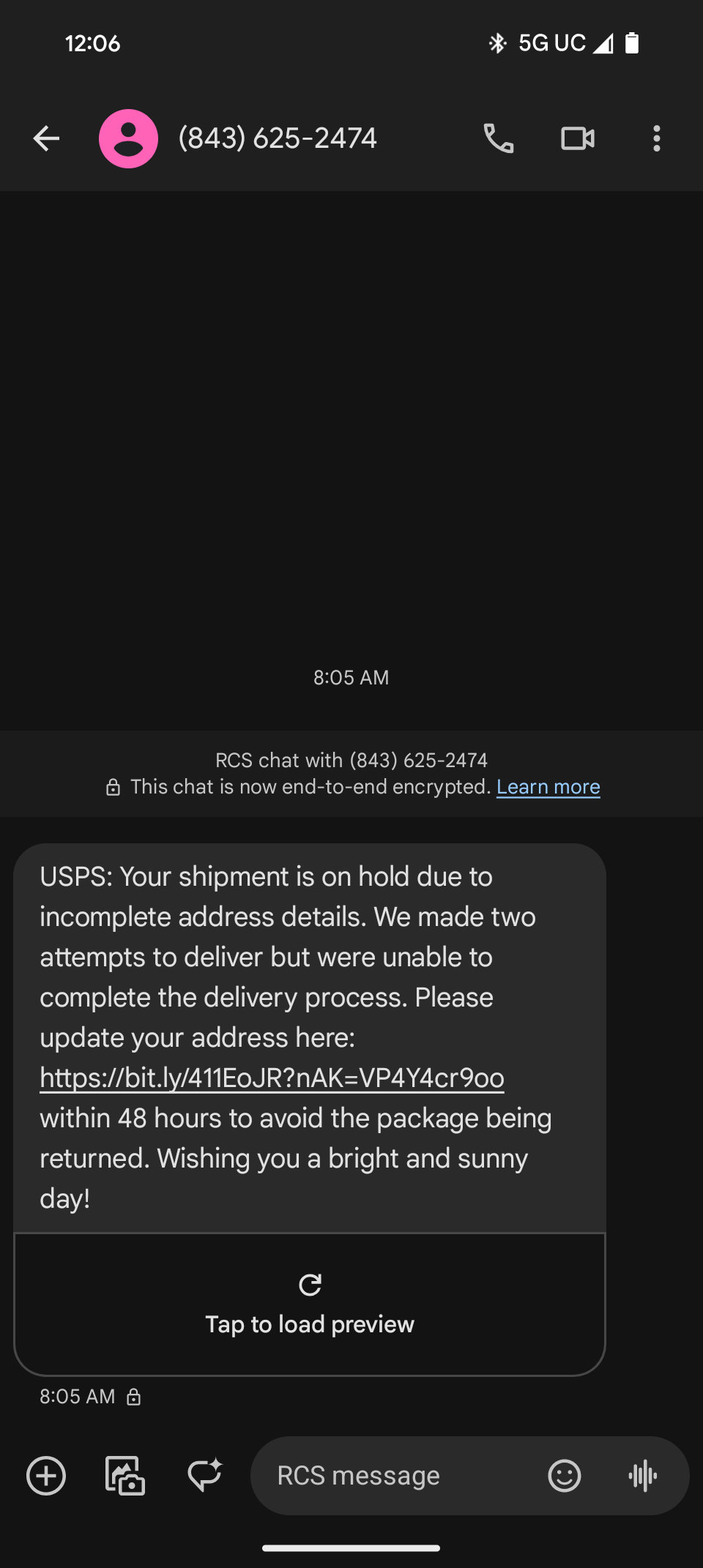Url looks suss. Seems kinda sophisticated for the usual ups fishing scam. Here’s the text message I got leading here.

“Wishing you a bright and sunny day!” Lol, I almost want to help this guy by explaining that UPS and American companies in general have disdain for their customers and would never wish them to have anything that would not benefit the company.


It’s been a while since I’ve been in tech. Is there any kind of DNS reason why you’d want email coming from a different domain? Like to skip steps in DNS resolution by going straight to a domain name instead of resolving a subdomain to the main domain?
A lot of things that don’t make sense 99.9% of the time make sense at the scale of Google and Facebook. Whether this is one, I can’t say.
Technically, it might be faster, but that’s not usually the reason. Email servers generally have to do a lot of work to confirm email messages are not spam. That work usually takes significantly longer than any potential DNS savings. In fact, that spam checking is probably the reason you see the secondary domains used.
When the main domain used for many purposes (like servers, users, printers, vendor communications, accounting communications, and so forth) It leaves a lot of room for misuse. Many pre-ransomware viruses would just send out thousands of emails iper hour. The mass communicating server could also reduce the domain reputation. There are just so many ways to tarnish the reputation of your email server or your email domain.
Many spam analysis systems group the subdomains and domain together. The subdomains contribute to the domain score and the domain score contributes to the subdomain score. To send a lot of emails successfully, you need both your servers and domains to have a very strong and very good reputation. Any marks on that reputation might prevent emails from being received by users. When large numbers of emails need to be controlled, it can be hard to get everyone in the organization to adhere to email rules (especially when the the problems aren’t users, but viruses/hackers) and easy to just register a new domain, more strictly controlled domain.
Some of the recent changes in email policies/tech might change the game, but old habits die hard. Separate domains can still generally be more successfully delivered, have potential security benefits, and can often work around IT or policy restrictions. They might phase out, but they might not. The benefit usually outweighs the slight disadvantage that 99% of people won’t see.
tl;dr
Better controlled email reputation.